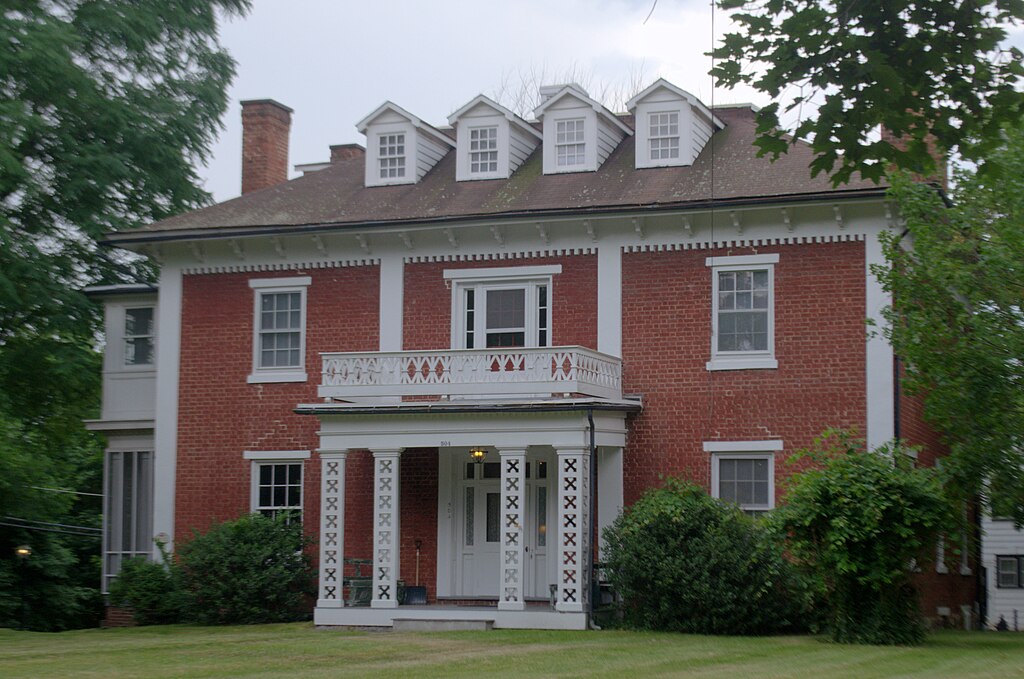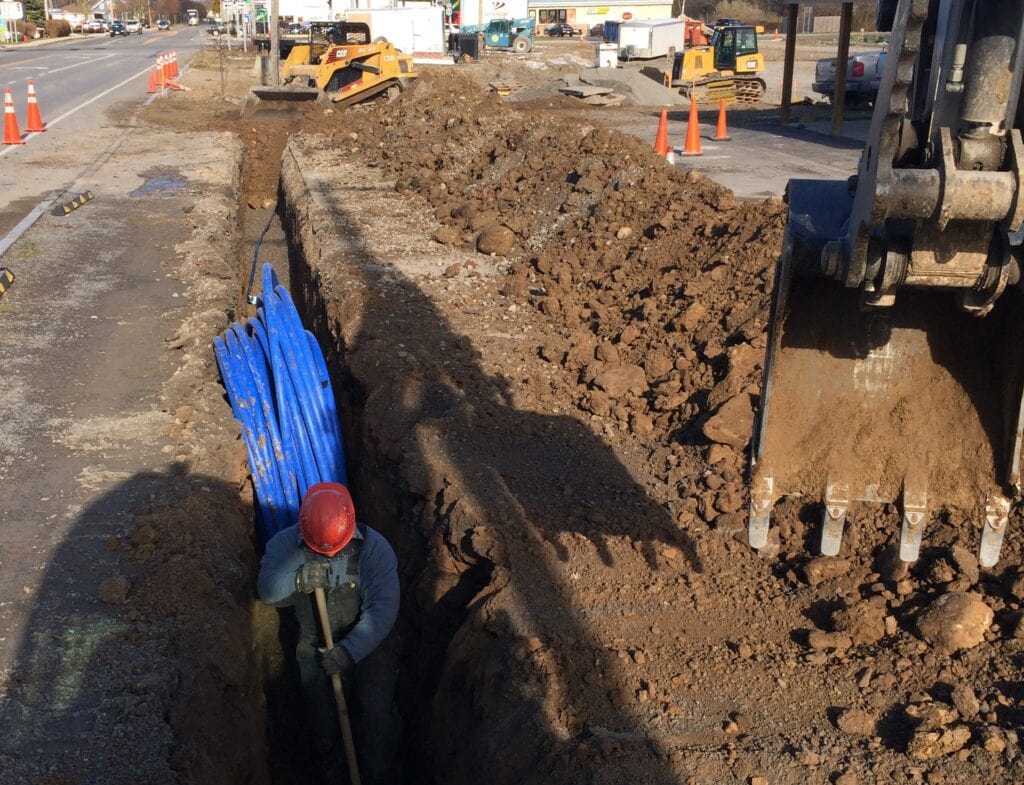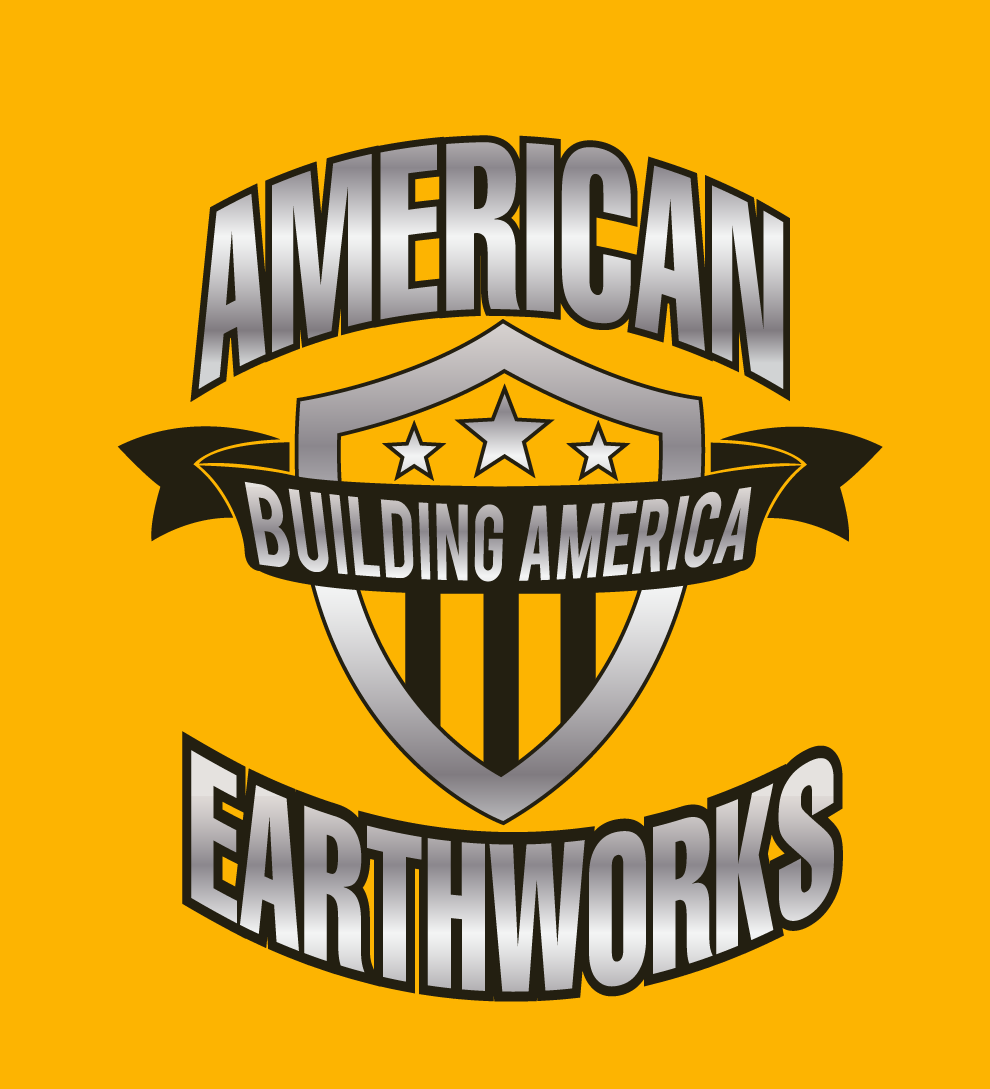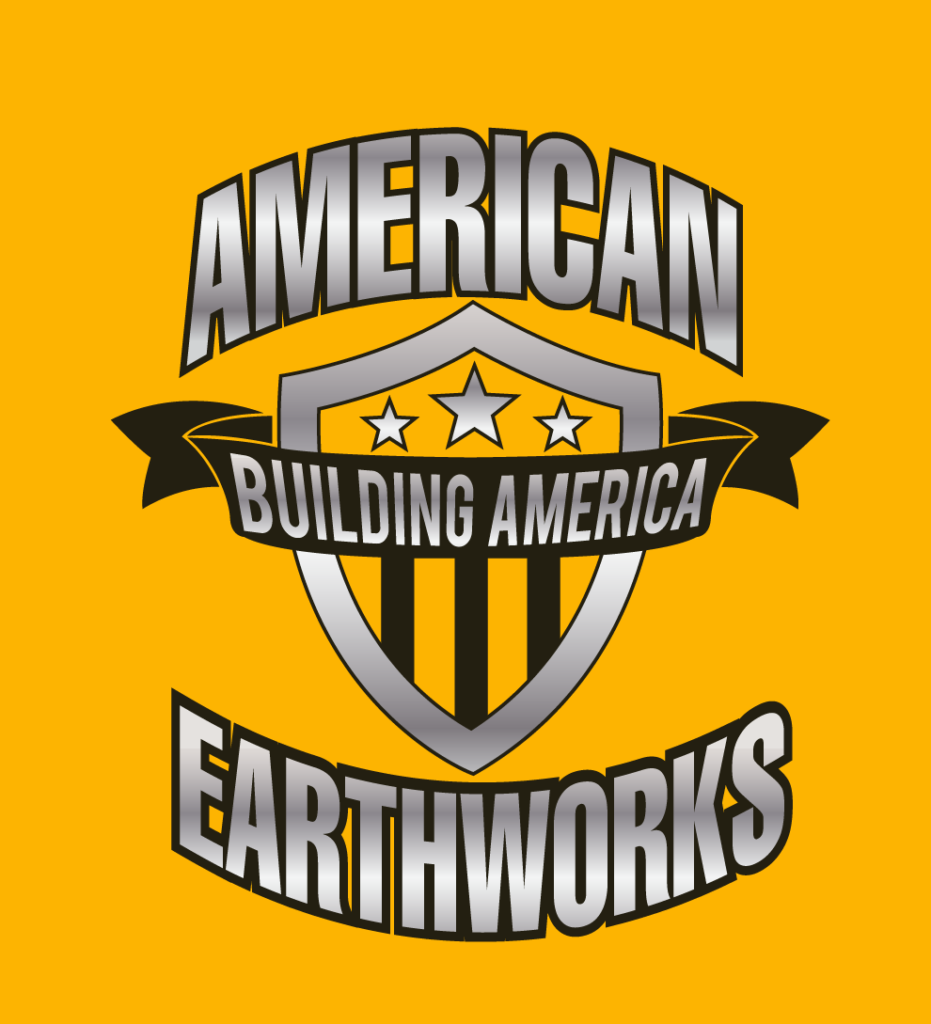Cornell Heights Historic District Guide
Everything you need to know about living, working, and building in Cornell Heights Historic District
📍 Quick Overview

James Shelton32, CC BY-SA 3.0 <https://creativecommons.org/licenses/by-sa/3.0>, via Wikimedia Commons
One of the things I’ve always liked about Cornell Heights is how it feels like a real neighborhood that just happens to sit next to one of the country’s top universities. When we’re working in the area, you can tell these houses have stories – some going back over a century. It’s the kind of place where you’ll see professors walking their dogs next to families who’ve lived there for generations, and somehow it all just works together.
What Makes Cornell Heights Special
The whole area sits on some pretty impressive terrain – you’ve got those rolling hills that Ithaca’s famous for, with mature trees that have been growing longer than most of us have been alive.
It’s a mix that works. You’ve got longtime Ithaca families living next to Cornell faculty, students renting rooms in converted houses, and young professionals who want to walk to campus.
You’re close enough to Cornell that you can walk to campus, but far enough away that it doesn’t feel like a college town.
Natural Beauty
Community Feel
Convenience
From job sites up there, you get glimpses of Cayuga Lake on clear days. The landscape here isn’t flat suburban stuff – it’s got character, which means every project has to work with what nature already put there.
People take care of their properties here – you can tell when neighbors actually care about how the whole street looks.
Downtown Ithaca is maybe 10 minutes by car, and you’re still connected to everything that matters – good restaurants, the farmers market, all that stuff that makes Ithaca worth living in.
🏠 Living & Building in Cornell Heights Historic District
Neighborhood Amenities
Housing & Development
Parks & Recreation: Cornell campus is basically your backyard – all those trails, the botanical gardens, and sports facilities. Plus you’re close to the real hiking that makes this area special.
Shopping & Dining: Collegetown is right there for quick stuff, and downtown Ithaca has everything else. Good mix of places where you can grab a decent lunch without breaking the bank.
Schools & Services: You’re in the Ithaca City School District, which people seem happy with. Being close to Cornell means access to all kinds of services and cultural stuff you don’t get in most small towns.
Transportation: Walking and biking work great if you’re going to campus or downtown. Parking can be tight in some spots, which is something to think about if you’re planning construction work.
- Most of the houses we work around were built between 1900-1940, which means solid construction but aging systems
- You’ll see everything from modest worker cottages to larger professor houses – lots of variety in a small area
- Foundation work is common here – these old houses settle, and the terrain doesn’t always help
- Most properties have mature landscaping that affects access and planning
- Historic district rules mean you can’t just do whatever you want – there are guidelines to follow
Working in historic districts like Cornell Heights means planning ahead. The older utilities, mature trees, and terrain changes all affect how we approach excavation projects. Access can be tight with these older lot layouts, and you’re often working around root systems that have been growing since before your grandfather was born. But when it’s done right, improvements to these properties really show.
🗺️ Area Map
❓ Quick Facts About Cornell Heights
Neighborhood Stats
About 5 minutes to downtown Ithaca and The Commons
Most lots are pretty generous—think quarter-acre and up, with big setbacks from the street
Mostly zoned for single-family homes, with some student housing and a few small apartment buildings mixed in
All the standard utilities, plus city water and sewer, and high-speed internet (handy for all the professors and students)
Planning a Project Here?
The soil here is mostly a silty clay loam, which means you’ve got to watch for drainage and potential runoff, especially on the steeper lots. Permits go through the Town of Ithaca, and you’ll want to allow a few weeks for approval—historic districts can have extra steps for exterior work. Best time for excavation is late spring or early fall, since the winters get icy and the ground can be pretty soggy in early spring. Equipment access can be a challenge with the old trees, stone walls, and narrow drives, so we usually bring in smaller machines.
🚜 Local Excavation & Site Work
We provide excavation, site prep, and earthmoving services all over Ithaca, including Cornell Heights. After working on a bunch of projects in this historic district, we know how to handle the tight access, the old stone walls, and the heavy clay soil. When you hire local contractors who know the area, you get folks who respect the history and know how to get the job done without messing up what makes this neighborhood special.
If you’re planning a project in Cornell Heights, give us a shout. We know the lay of the land—literally!


